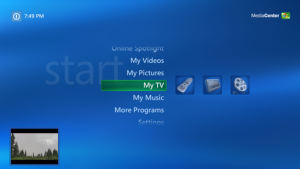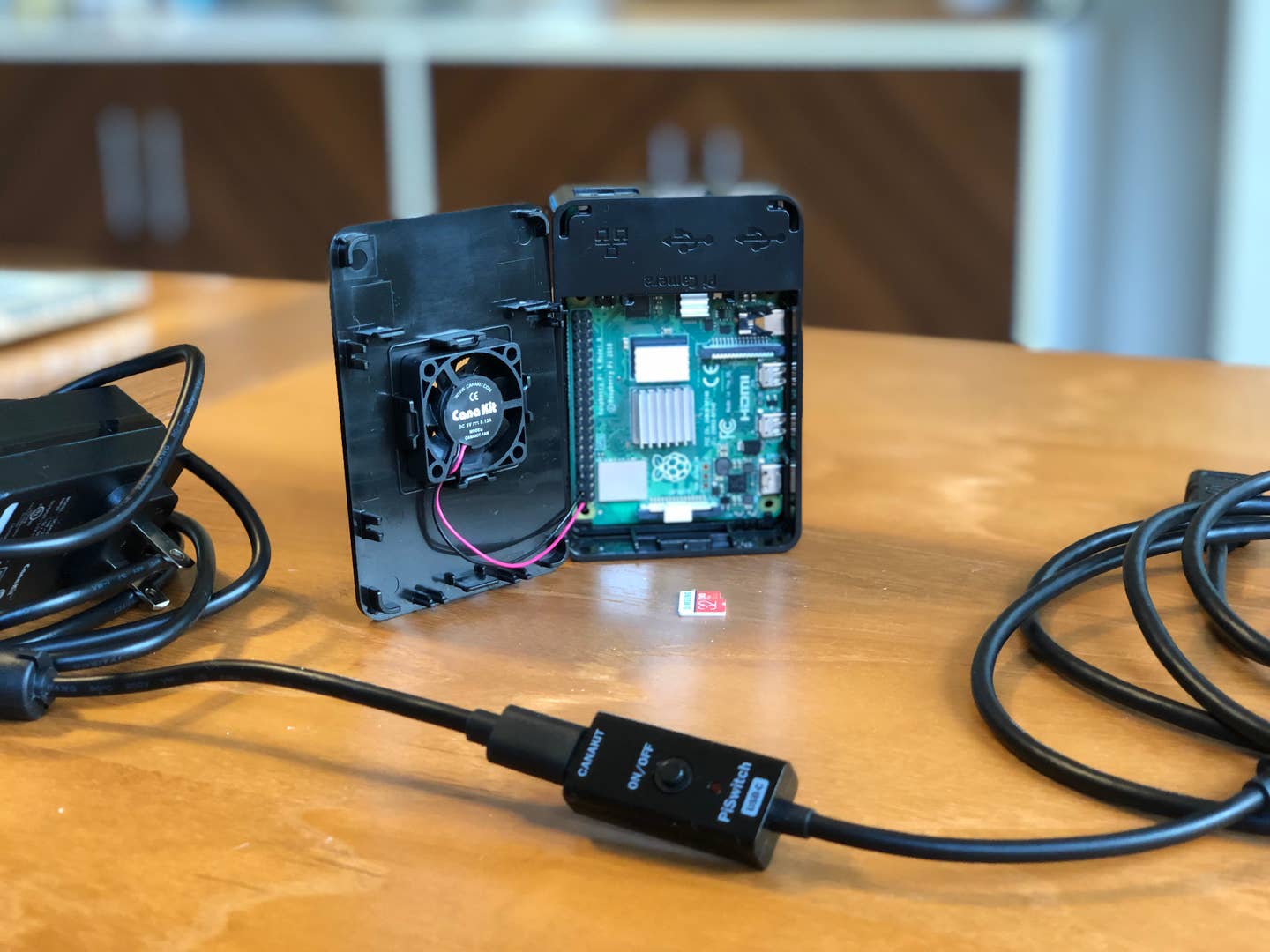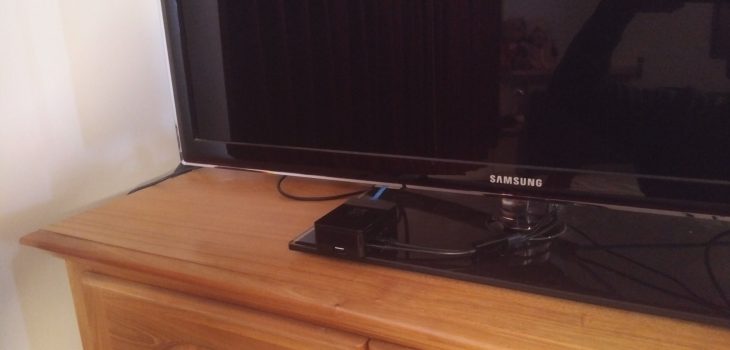 At Home
At Home
Upgrading the Home Theater
For years I have been using a few Android 5.1 TV boxes, with a specialized version of Kodi 16.1, to stream video to the various TV’s in the house. This went through a few iterations early on as I developed know how and method.
To begin with, in 2007 I built a tower PC, which is still in use today. It was top of the line at the time… an ASUS P5k Deulux board ran 4 screens, Sound Blaster and TV tuner cards, and all the bells and whistles required at the time.
I ran XP Media Center Edition, which recorded to the tower, and with the included remote, it was pretty sweet at the time.
I went 5 years with that setup, continued to learn, and eventually cut off the cable in 2012, where I went through a strange withdrawal which only those who have done it can understand. The TV became a choice instead of a passtime. Ads, or even skipping past them, were a thing of the past, and overhearing conversations about how the latest commercial was “so funny” showed me just how brainwashed I had become in spite of my own awareness, but I digress… ![]()
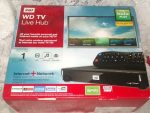 In 2012 I bought my first Synology NAS, a DS212+, moved file storage there, and bought Western Digitals’ streaming media players for viewing. The media player space was still quite new, and selections were pretty limited at the time, so I tweaked the crap out of these devices, and ran them until WD ended support for them.
In 2012 I bought my first Synology NAS, a DS212+, moved file storage there, and bought Western Digitals’ streaming media players for viewing. The media player space was still quite new, and selections were pretty limited at the time, so I tweaked the crap out of these devices, and ran them until WD ended support for them.
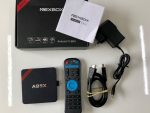 The next step was the little handfull of MBOX TV boxes that I’m replacing today, costing a whopping $35 each, and bought from Alibaba in 2014. That these continue to run (one bricked) still amazes me today. Thousands of hours of use…. just wow, but the internet has gotten more complex, web browsing demands more, and these little boxes just can’t keep up anymore. Kodi still runs fine, but everything else has moved past them.
The next step was the little handfull of MBOX TV boxes that I’m replacing today, costing a whopping $35 each, and bought from Alibaba in 2014. That these continue to run (one bricked) still amazes me today. Thousands of hours of use…. just wow, but the internet has gotten more complex, web browsing demands more, and these little boxes just can’t keep up anymore. Kodi still runs fine, but everything else has moved past them.
Along with the network upgrades, the replacements are two 8G Raspberry PI 4’s. The size of a deck of cards, they run full Linux OS’s on them, and turn each TV into a small PC, which significantly expands the range, speed, and privacy of what they replaced. No more Google (if you don’t like a dog, stop feeding it).
Even though I have been running Linux Mint on my PC’s for several years, it took some time to climb all the learning curves necessary to fully replace the current running system.
At first I had to get somewhat familiar with the PI’s. Writing .ISO files to SD cards was easy enough, but getting familiar with the various operating systems was daunting, and taken little steps at a time.
Raspian (now Raspberry PI OS), designed for the PI, was lightweight enough, and filled with all sorts of tools to write scripts for home automation, but really wasn’t what I was looking for. It didn’t take too long to figure this out and move on.
Libreelec was my next stop and, out of hope, I probably stalled there longer than I should. It is an OS designed specifically to run Kodi, but that’s it. I figured out how to set up the new version of Kodi (19.4), and tweak in my custom theme, but then found that it wouldn’t really run anything else. No browser, no easy way to navigate to programs… as I said, just enough OS for Kodi, and a waste of PI. I like PI… don’t waste it!!!
Scrapping that idea, I started looking for other options available on the RPI Imager, which is the program Raspberry wrote just for this. The Debian flavors had too much ‘desktop’ for it, making browser use jittery and slow, so that was out. I have never really liked it anyways, looking a little to ‘dumbed down’ for me. Kali Linux was next, but is meant for experts, sysadmins, etc… more a networking/development tool than anything else, I’ll look at this later as I learn. Then I found Manjaro, it looked promising, and that’s the route I ended up going.
 There is a good reason Manjaro’s insignia is a mountain… it’s VERY different from Linux Mint. Based on Aarch linux, I had to enable the AUR (Arch users repository) to even find the packages I was looking for. It uses ‘pamac’ instead of ‘apt’… Then there were networking issues caused by many features simply turned off by default. All this was overcome by installing a few packages here and there, and setting the avahi-daemon.service to run at startup.
There is a good reason Manjaro’s insignia is a mountain… it’s VERY different from Linux Mint. Based on Aarch linux, I had to enable the AUR (Arch users repository) to even find the packages I was looking for. It uses ‘pamac’ instead of ‘apt’… Then there were networking issues caused by many features simply turned off by default. All this was overcome by installing a few packages here and there, and setting the avahi-daemon.service to run at startup.
Without getting into the weeds here, much of this is detailed in the forum attached to this site, including a step by step list of changes *also in need of update* required to get this to work properly. Now that I know how, it’s really not that hard. Much like anything….
The biggest lesson learned along the way was about Kodi, in that, so long as the versions # is the same, no matter the OS – Android, Apple, PC, Linux – once the program is installed, ALL the files that count are located in the “.kodi” folder, and can be cut and pasted wherever they are needed.
EDIT*** I should have stopped there… NOW… from any working installation, I copy the entire .kodi folder, compress it and export it to the NAS. On the new installation, I start kodi once to create the .kodi folder, wipe the contents, then import and extract the the compressed folder into the .kodi folder. BAM! Dun. Everything else below has been done already…. so ignore. ***
Lesson #2 here is that setup and placement of the advancedsetting.xml file required for the shared library to be created should be done FIRST!!! The time I wasted getting to that point set me back hours and hours…. but that’s how I learn. Set up the file, put it in place, and then start adding shares for scraping. Watching from phpMyAdmin would tell me if the file was configured properly or not as the databases would only be created if it was. LOL All the little victories along the way. After that, all was gravy! ![]()
Install it where ever I want, upload the folder, and only do the work ONCE. Another lesson… transferring this folder is better done in a sd card adapter rather than over the network to the PI — the thumbnails take forever. Import the compressed file and extract locally.
At the end of it all, manually dialing in the “watched status” of some 164 shows was *not even necessary* relatively fast compared to the learning curve.
With it up and running there were subtle tweaks to dial in. Screen size and display parameters are location dependant. Kodi looks best at 1080p IMO, so the OS interface, as well as Telegram and Vivaldi, had to be enlarged to stop the squinting.
To my surprise, CEC (consumer electronics control ) worked on both TVs so I could use the TV remotes to control Kodi. Nice! Definite got some WAF there.
It might seem like a lot of trouble to get things up and running, but considering the longevity of the last iteration, hopefully the tweaking is close to over and I can move on to the ‘simply enjoying’ part.
